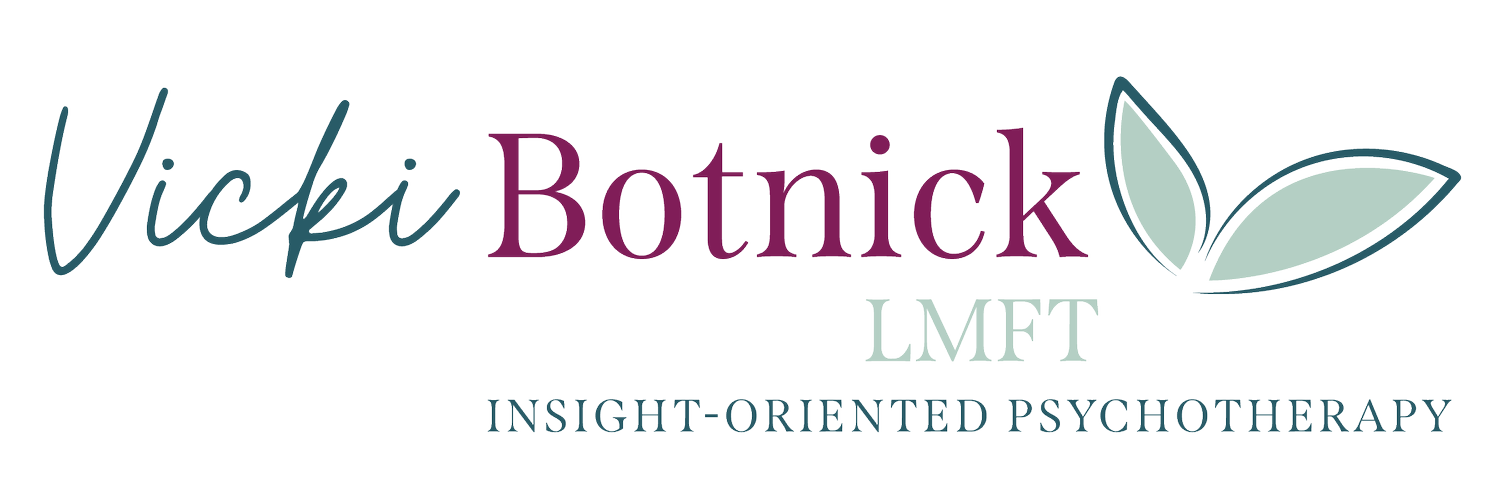The 3 Layers of Healing Depression and Grief
Lately I’ve been working with a lot people facing grief, whether it’s the loss of youth, financial security, a house or a loved one. And it’s occurred to me that when we talk together about how to feel better, the ideas fall neatly into three categories. I’ve taken to calling these tiers Past (feeling the real sadness and anger about what we’ve lost or what we think we’ve done wrong); Present (living in the moment and realizing what’s good and strong about it); and Future (connecting to hope and faith as a way of planning for better days).
This model appeals to me for several reasons. For one, it’s an easy template to call up when you’re feeling distressed. You can run through the tiers and assess which one is giving you the most discomfort at the time. For another, because it isn’t linear (meaning that you can be any of the layers at any given moment, and move back and forth between them), it relies on balance, a concept I’m particularly fond of. It allows for both negativity and positivity—sometimes in the same moment—as part of a full healing process, so we don’t have to deny any of our feelings. And it lets us use whatever strengths and tools that feel best to us, without forcing a one-size-fits-all solution.
Let’s look more closely at each tier:
PAST
The hardest part of depression is the self-blame that often goes along with it. As if it weren’t tough enough to feel low, we often beat ourselves up for not being stronger about our lowness. Just what we needed, right? The truth is, sadness is a normal and necessary feeling, and doesn’t need to be pushed aside or “fixed” immediately.
A better approach is to devote some time to feeling our feelings. Maybe an hour a day of crying, or fifteen minutes of writing in a journal, or a whole day of talking to a friend about how furious or despondent or guilty we feel. Feelings aren’t facts—just because you feel like you’re going to collapse doesn’t mean you will—and they don’t have to consume us. And if these emotions aren’t allowed to come out, they will find a way to erupt somewhere else.
PRESENT
Being in the present can be incredibly soothing. It allows us to stop worrying about the past, which we can’t change, or the future, which we can’t control. Instead, right now always has something positive in it. This tier is the one in which we get to practice optimistic thinking and to realize what’s going well and how we are growing.
It can be helpful to think not only of what we’re grateful for in our lives, but what we’re gaining from the trauma itself. How does suffering (yes, the actual pain) benefit you? Does it increase your empathy? Show you your resiliency? Bring you closer to the friends and family members who are there to support you? Force you to reach out more?
And what do you have left, after the loss? Create a gratitude list that includes anything you still have that you value or enjoy. Then create a list of the activities that make you feel better when you’re down. Reading, walking, talking to friends, cooking, working out—it’s important to identify what you can do to relieve your stress and sadness, and to practice these daily.
FUTURE
The only constant about the present is that it doesn’t last. This can be a great relief when our present is a painful one. Whatever has happened to bring us to this place, won’t necessarily continue. It’s key that we consider how to improve our lot, rather than getting bogged down in the idea that things will be bad forever.
This action has two parts: thought, and hope. We use our intellect to think about what brought us here and how we can do things differently. This includes creating plans and setting goals for turning our lives around. But to do that we also need hope in the future. Where does your faith lie? Whether it’s in God, or other people, or yourself, to have true balance you need to have some sense that things can and will be okay again.
I hope that this (simple but not easy) template can help you realize where you’re out of balance, and where to focus to bring more peace to a difficult time.
Learn more about grief and loss therapy.
If you’re ready to find support with therapy, schedule a free consultation here.
